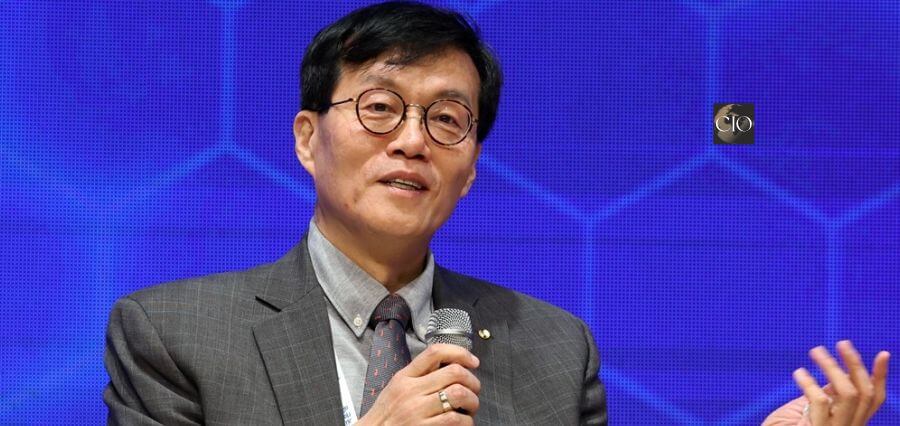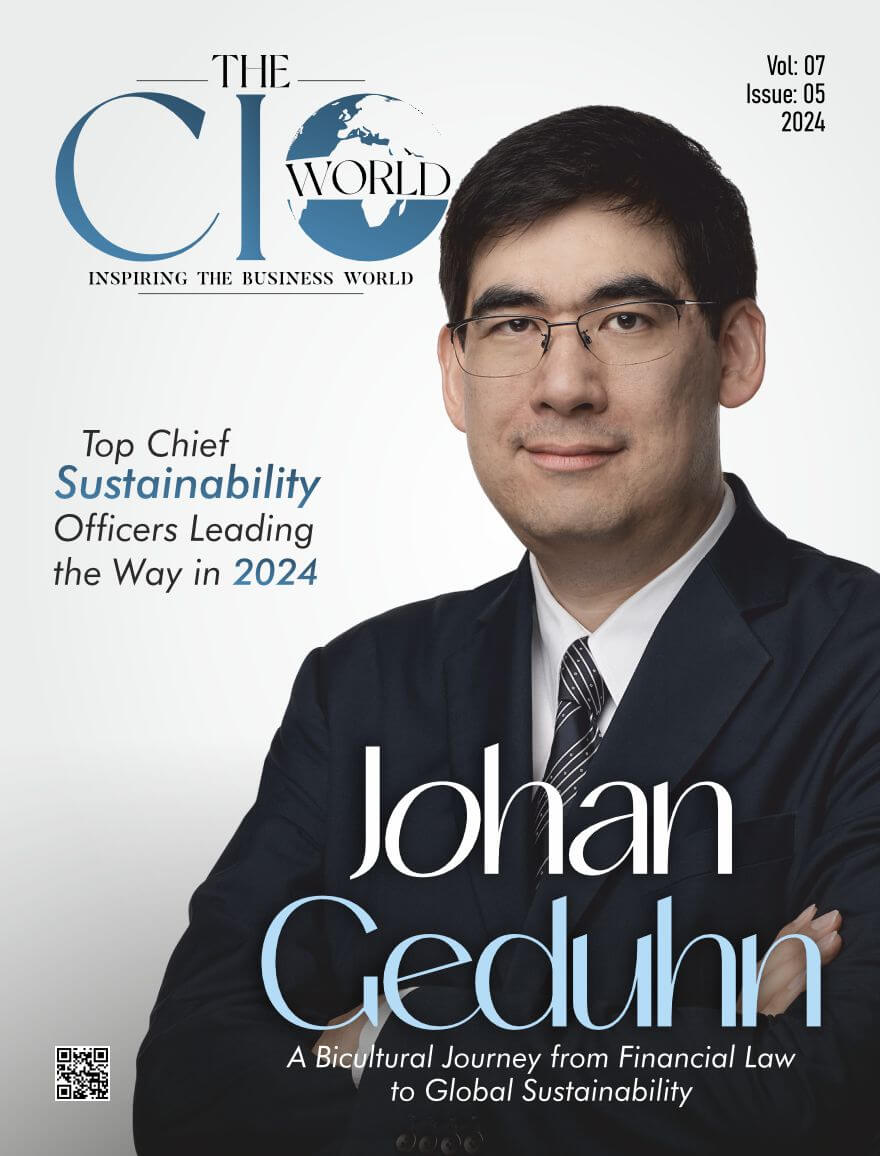The economic and corporate landscape in Korea is so complex that official pronouncements and headline figures don’t fully convey the true nature of the situation or its significance.With a growth projection increase of 0.4 percentage points or more, one of the steepest among advanced countries, from local and international economic organizations, Korea managed to pull off a significant surprise.
The swift recovery is a stark contrast to the mood that prevailed earlier in the year, when many policymakers and market analysts predicted that the nation’s growth would only reach a low 2 percent rate due to concerns about weak domestic demand, unstable geopolitical conditions, and record levels of household debt.
Notably, the country’s GDP growth estimate for this year was significantly increased by the Organisation for Economic Cooperation and Development (OECD) from 2.2 percent to 2.6 percent, with the United States and Korea sharing the strongest forecast among advanced economies on the list. The upward adjustment was also among the highest in terms of scale, coming in second only to the US economy’s 0.5 percentage point gain and double that of the global economy’s 0.2 percentage point increase.
As anticipated, strong exports propelled the expansion, albeit faster than first estimated. The unexpected part was the slowdown in domestic demand, which has been caused by high interest rates since the second quarter of last year.
Not too long ago, the Bank of Korea (BOK) increased its prediction from 2.1 percent to 2.5 percent. The increase in exports was responsible for 0.3 percentage points of the 0.4 percentage point increase, while domestic demand—which comprises investment and private consumption—was responsible for the remaining 0.1 percentage point. Unexpectedly, the GDP grew by 1.3 percent in the January–March quarter of the previous year, the fastest growth rate since the fourth quarter of 2021. This has undoubtedly changed the tide.
BOK Governor Rhee Chang-yong stated that a delay in gathering trading data caused the central bank to overlook a drop in energy imports brought on by warm weather throughout the winter. The introduction of a new smartphone model by Samsung Electronics and a rise in government expenditure were both factors contributing to the growth in domestic demand.
The estimate from the state-run think tank Korea Development Institute (KDI) was revised from 2.2 percent to 2.6 percent.
For More Details: https://thecioworld.com







